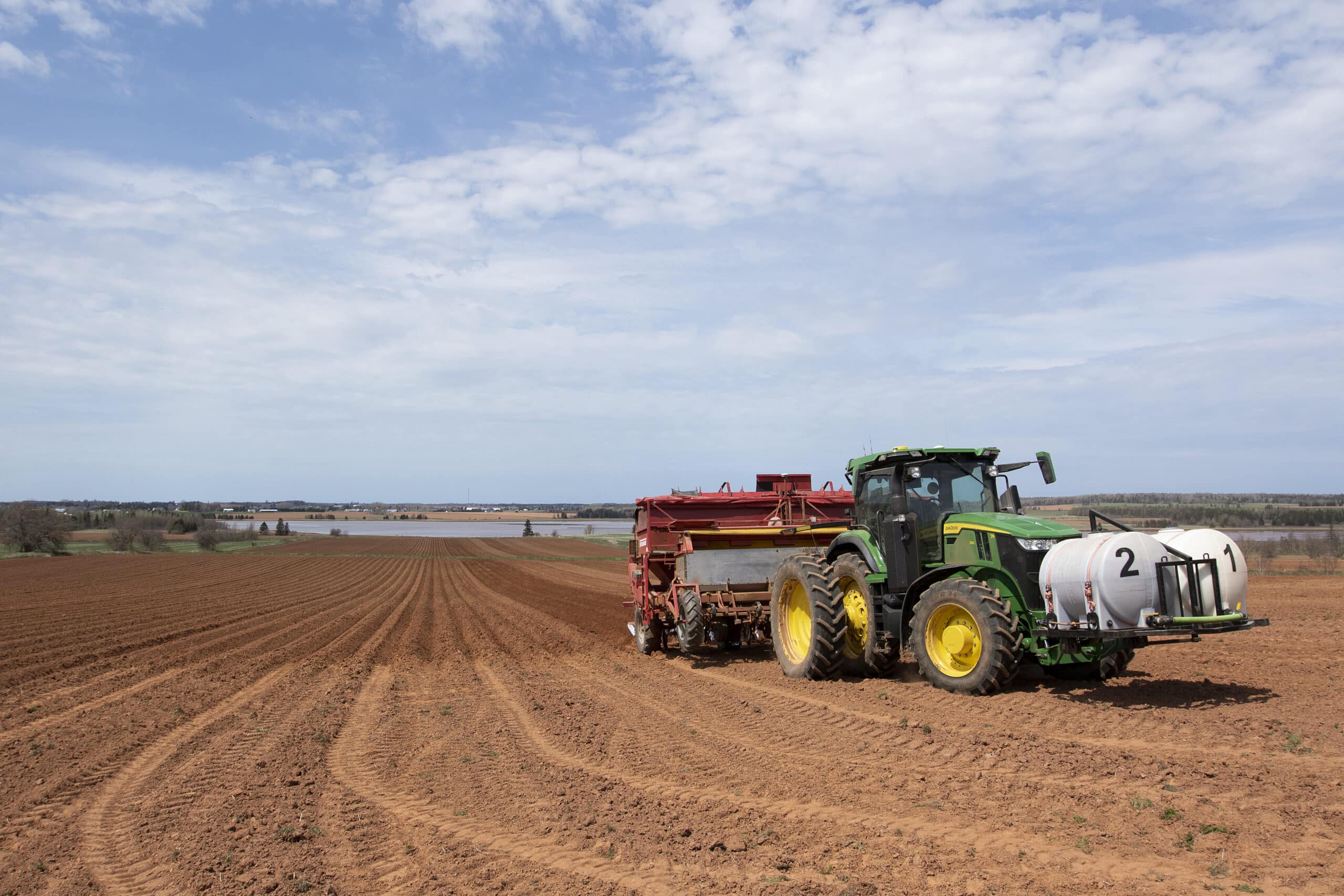The North American potato market will be tight on supply until the new crop rolls in.
With spuds in the ground across North America and attention turning to the crop that will shortly be hauled off fields, there’s concern about there being enough potatoes until then.
“The supply of raw potatoes is going to be very, very tight for the processors. All of the major companies in North America have been metering out their existing raw product to make it to the new crop because they don’t want to have any major shutdowns,” Dale Lathim, executive director of the Potato Growers of Washington, Inc., explains in a phone interview.
Lathim points to the previous year as a case study in why the processors are being so cautious this year. Last year processors were aggressive to fill their plants as new crop started coming online. Instead of waiting for the potatoes to bulk up, processors pushed growers to harvest their spuds early, which is partly to blame for the current supply tightness.

“This year we’re going to take a much slower start to the crop. And so, the original plan had the pipeline not been empty and these types of play situations, (Columbia Basin growers) would have started harvest here around the end of June to the first of July — now it’s going to be like the middle of July,” Lathim adds.
In Canada, Victoria Stamper, general manager of the United Potato Growers of Canada, says many shippers are focusing on supplying their local demand with less attention being paid to exporting to the United States.
“Most of the provinces are feeling pretty good about transition, nobody’s really going to go long. Quebec is getting tight. Manitoba is focused more now on their own market, rather than export to the U.S. So, people are managing the crop well to get through transition,” she explains.
While no official acreage numbers have been released yet, discussion at the Crop Transition Conference in Bloomington, Minn. on June 16 had many in the North American potato industry indicating acres will be status quo overall, with some increases being seen in regions where expansion has been possible.
“In Canada, we have to push to fill the expansion. You’re going to see in Alberta where there’s some availability, but in Manitoba, where we would expect to see some as well, they just don’t have the availability. There are barriers there to expansion,” Stamper says.

In the Columbia Basin, acreage is expected to rise, with Lathim saying there has been 6,000 more acres contracted than last year. He notes this is to fill expansion in the local processing industry, as there has been plenty of “quiet expansions” happening.
“As an industry we’ve been a little bit slow. We never want to have overcapacity. And so, we’ve been very disciplined in how we’ve been adding (more processing capacity). But if you go back and you average it since 2015, we’ve averaged right around 200 to 250 million pounds of new capacity each year,” Lathim says.
While there have been some flex acres planted in Idaho this year, there was also a processor who went directly to growers to negotiate contracts. This was a rare instance and has left some in the industry with a bad taste in their mouth.
“There was one segment that one of the companies was not able to get as much coverage as what they had wanted in that that portion of the state. So, they did go back and offer a signing bonus to their existing growers — those who had both signed and not signed,” Lathim explains. “To the best of my knowledge, all the growers in that region did sign.”
Lathim added the industry is hoping it doesn’t become a regular occurrence as growers not in the region weren’t included in the signing bonus which has left some with hard feelings over it.
Header photo — A grower plants potatoes in a field at G Visser and Sons in Orwell, P.E.I. Photo: Lucas MacCormack
Related Articles
Hot Hot Hot (and Dry) Weather Weighing on Canadian Potato Crop









